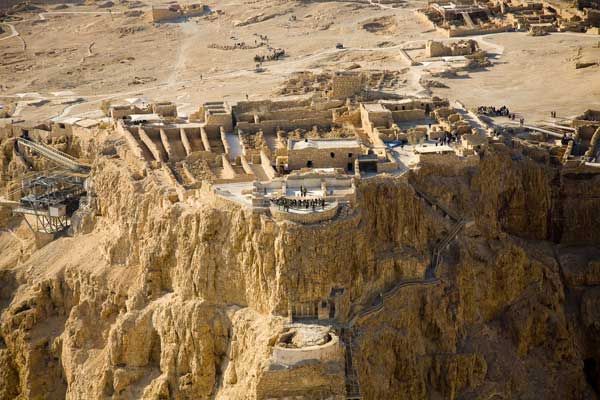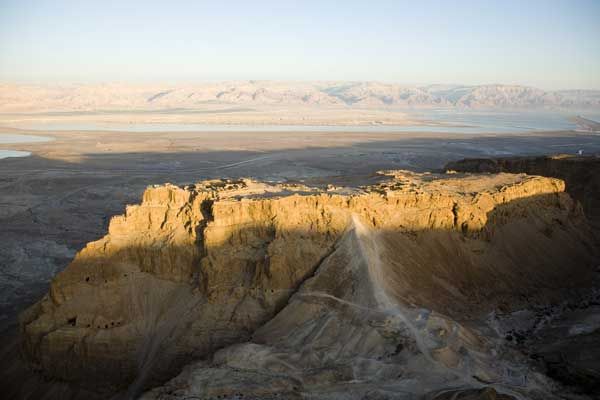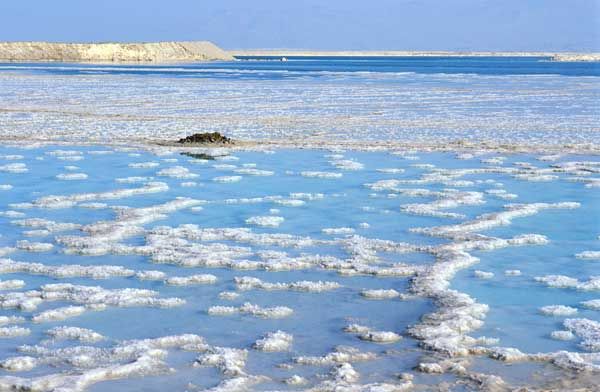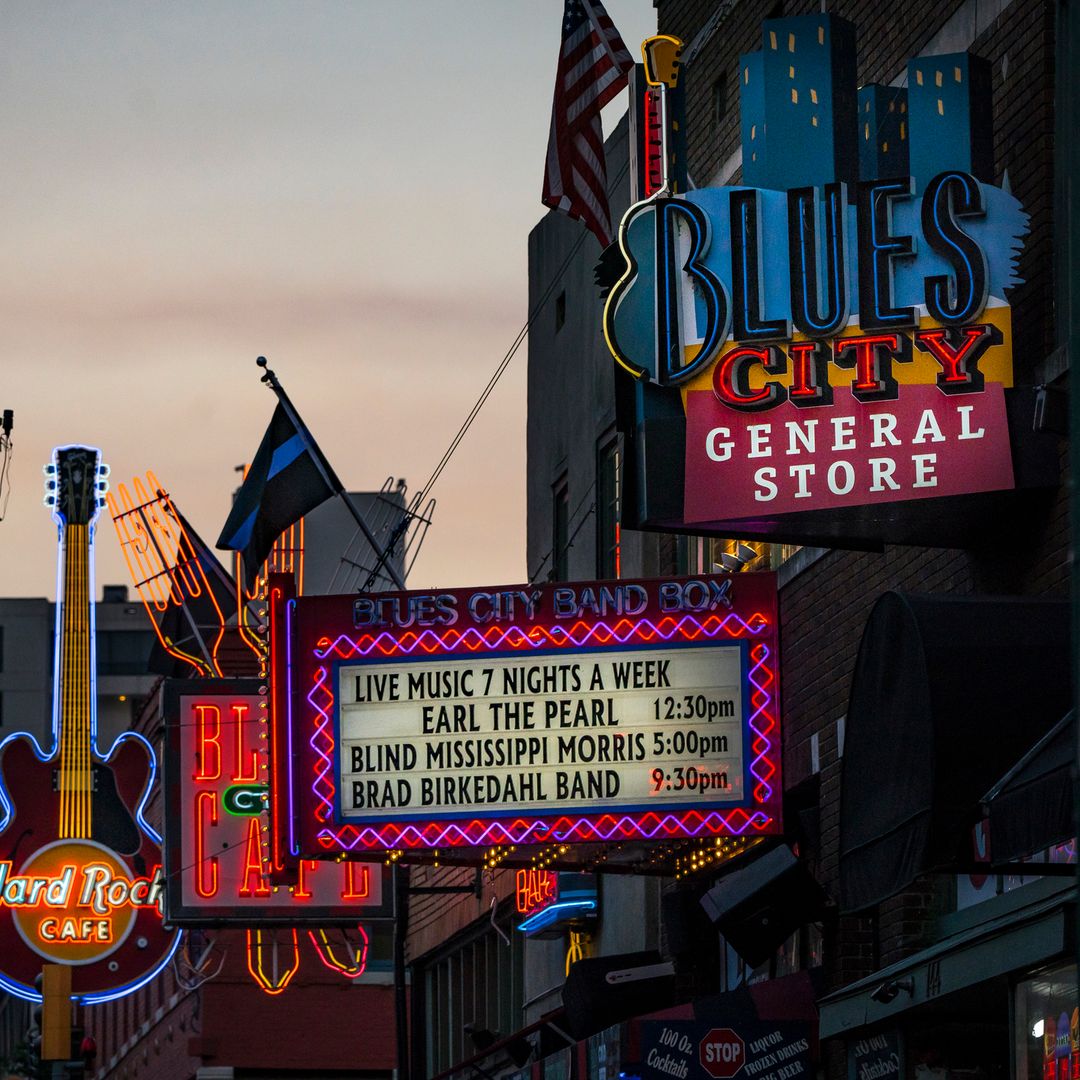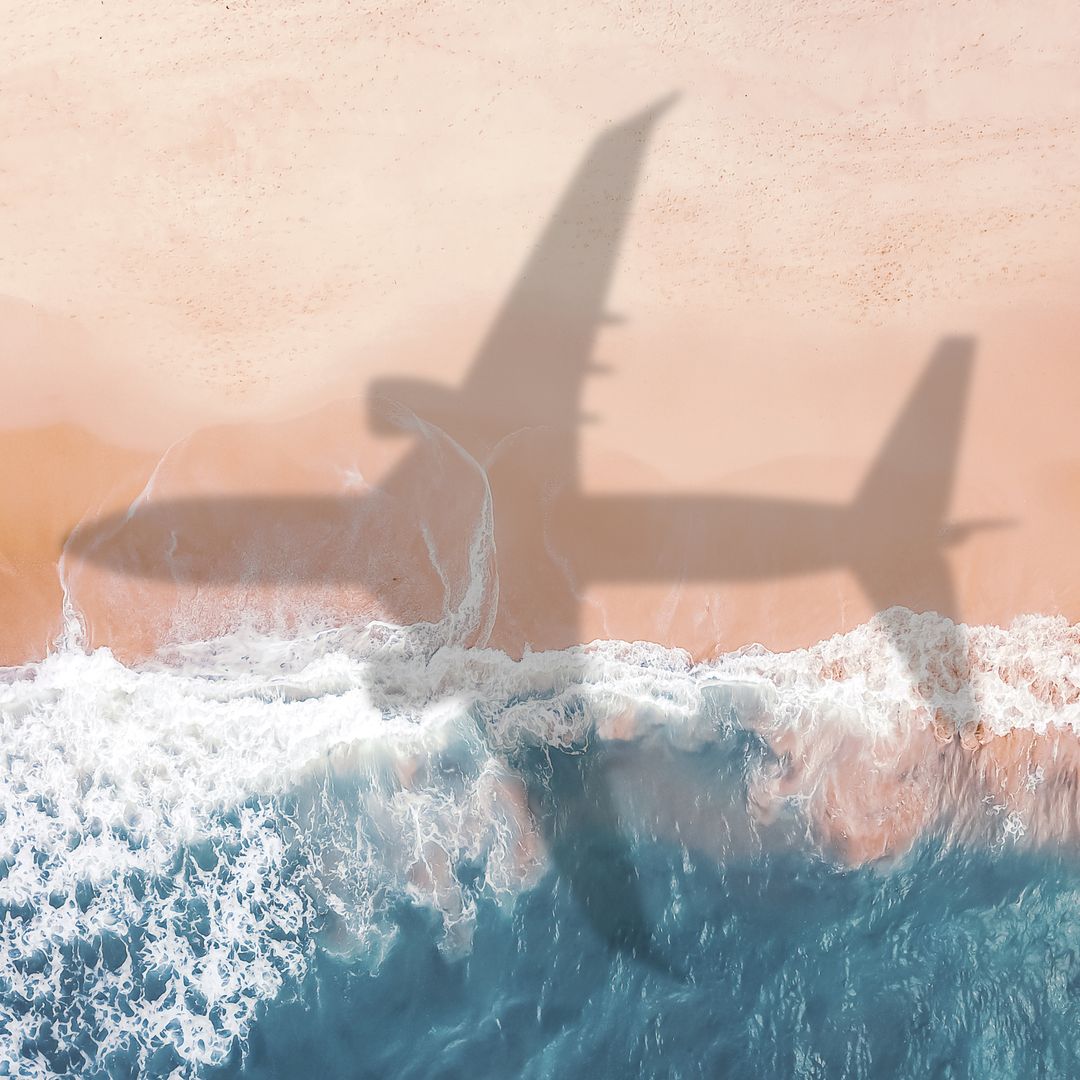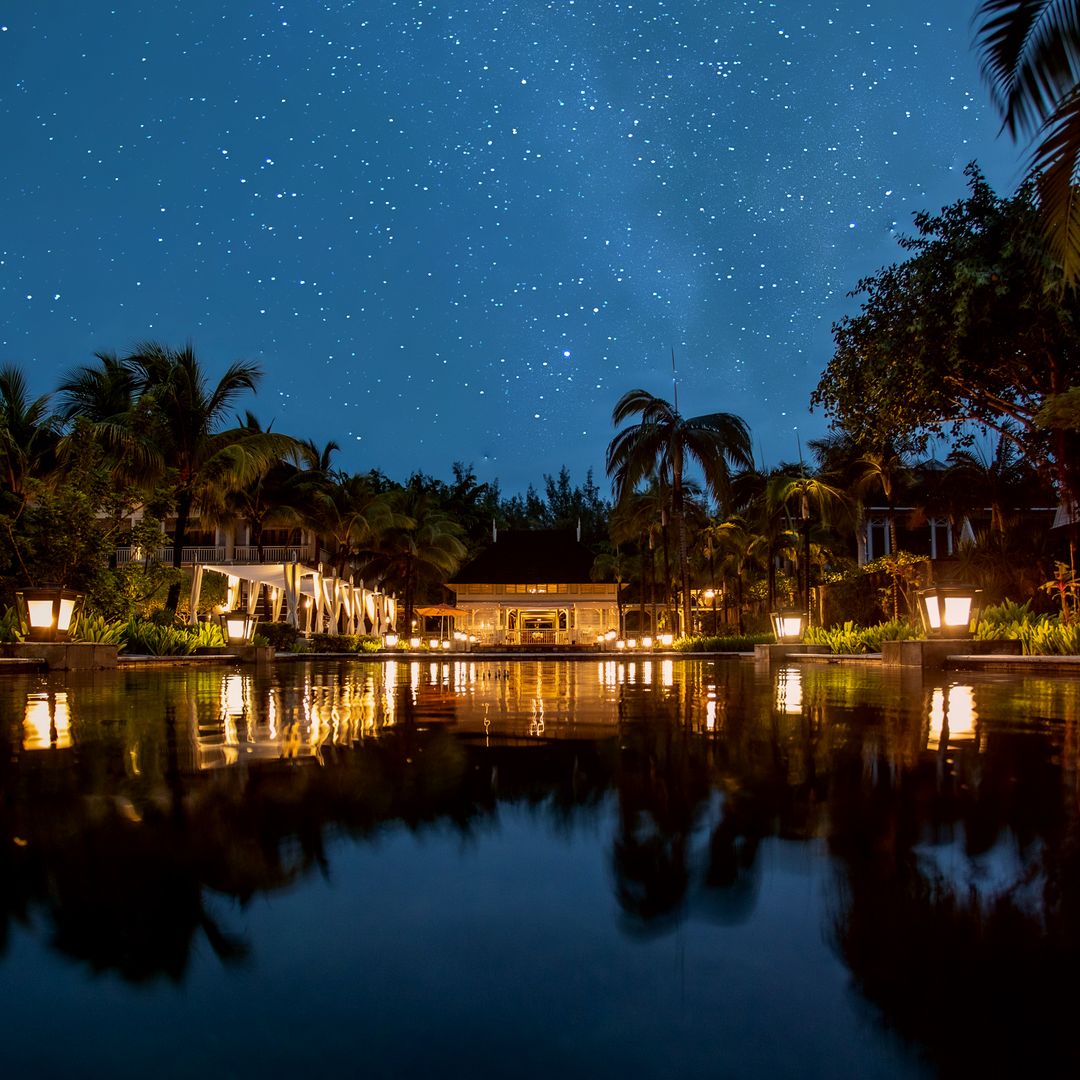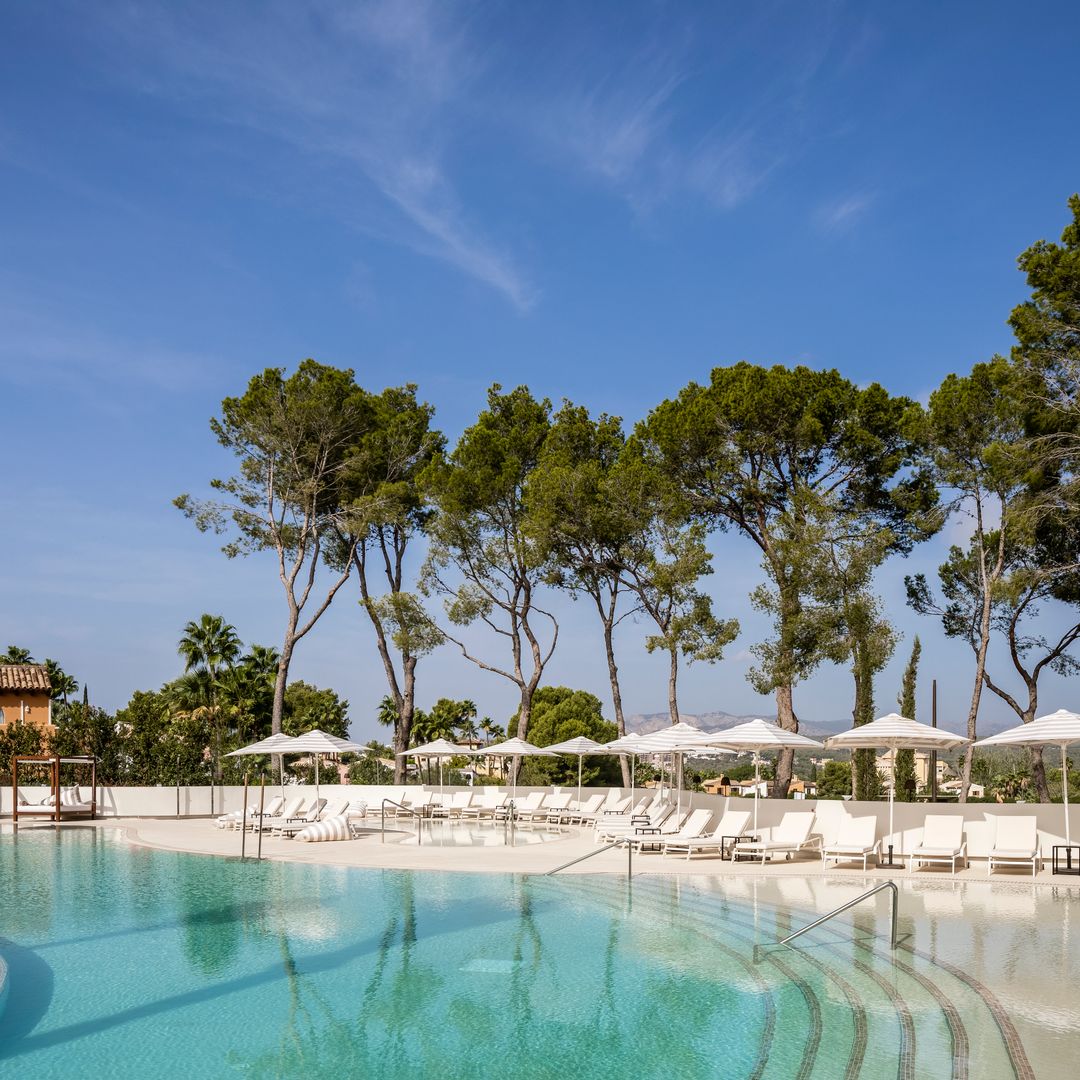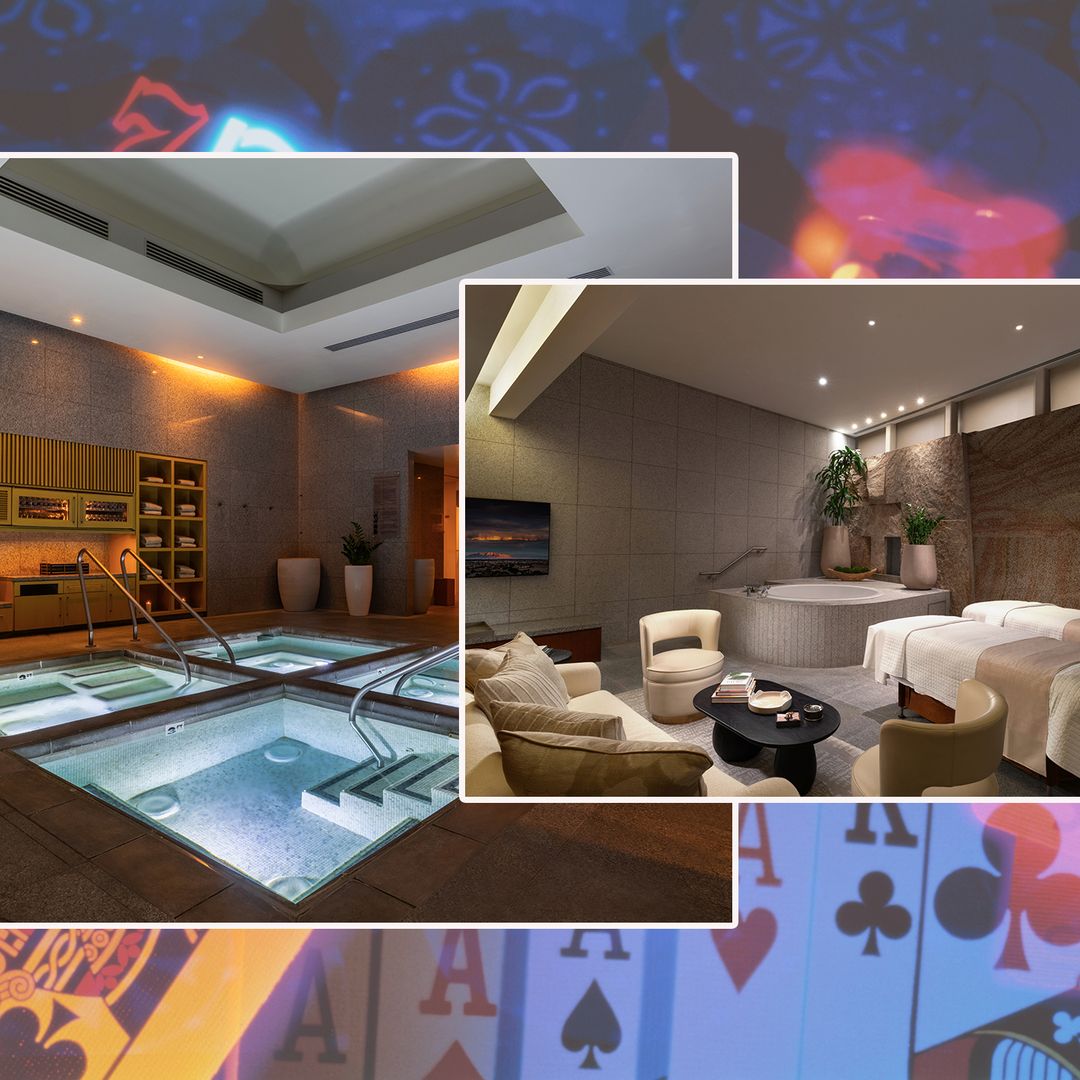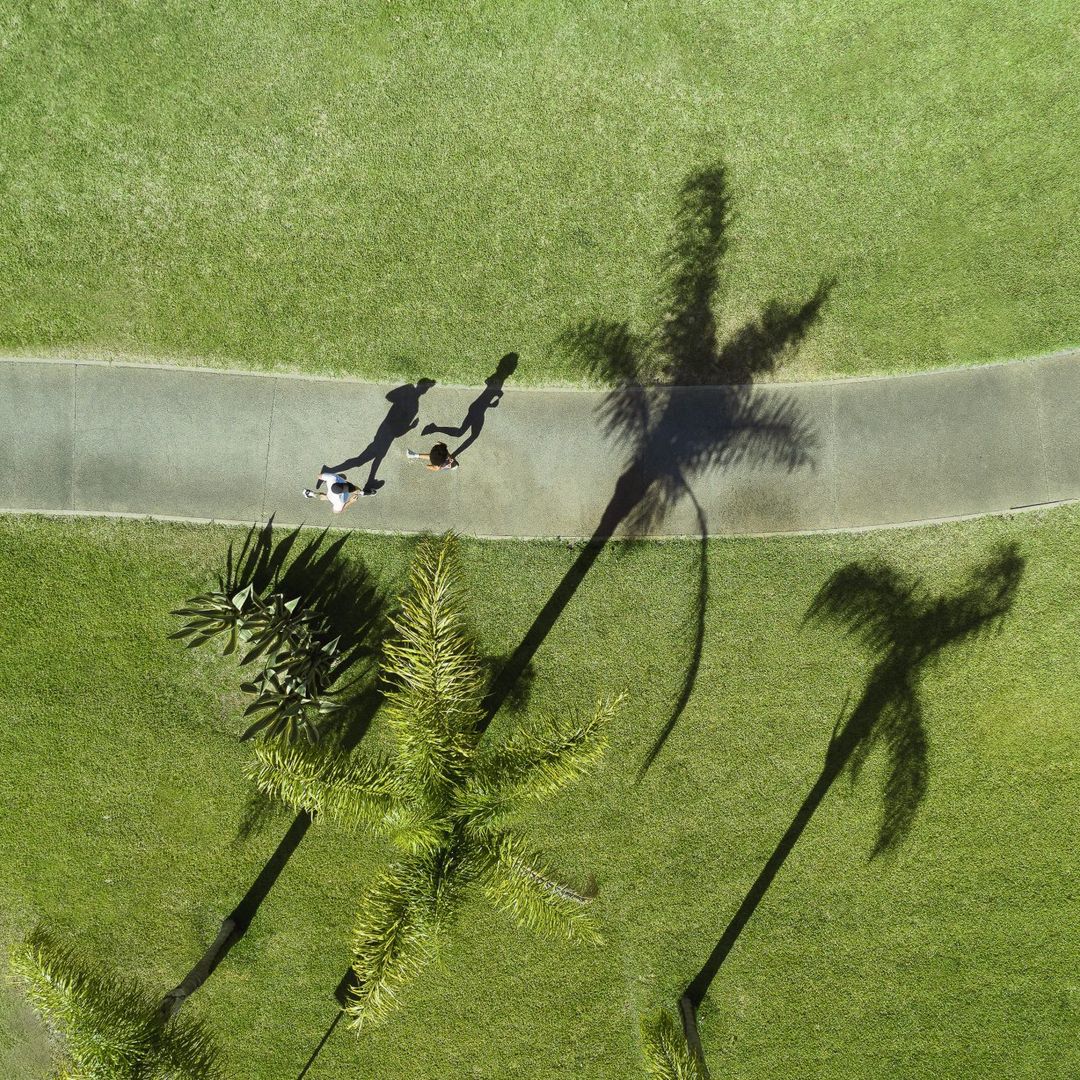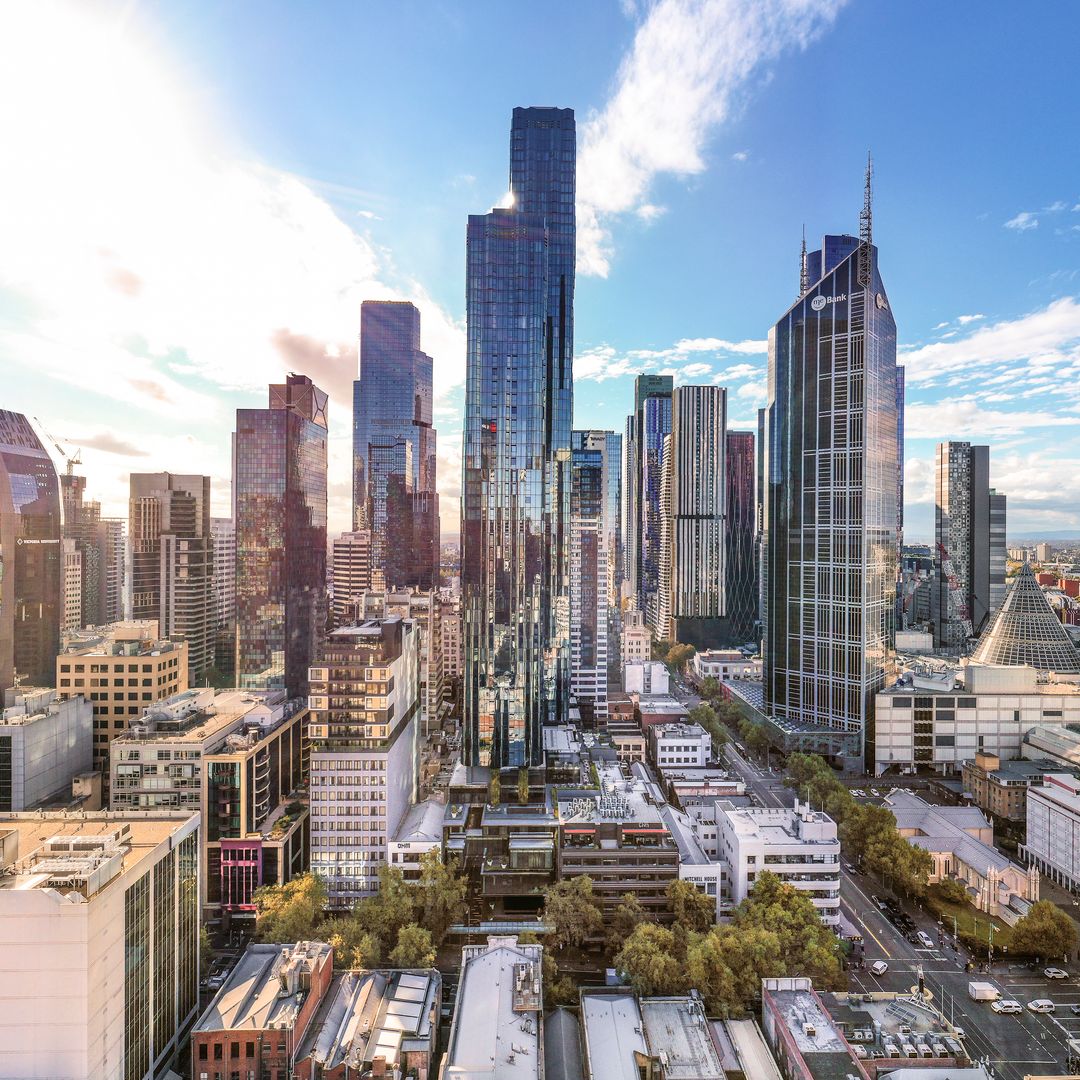In the middle of the first century AD, after the destruction of Jerusalem by Titus, son of Emperor Vespasian, a group of Jewish zealots found refuge from the Roman troops in the desert fortress built a century earlier by Herod the Great. The story of the siege of Masada led by the commander Lucius Flavius Silva is probably the best known of the many stories that feature this rocky outcrop in the Judean Desert. In the 1980s American mini-series Masada based on the novel The Antagonists by Ernest Gann, Peter O'Toole leads the Roman troops against the Jewish rebels in their apparently impregnable stronghold.
Today, the vast ruined fortress of Masada set on a flat mountain top, high above the rugged desert landscape, dominates the scenery and is a paradise for archaeologists, filled with legendary and historical symbolism. Not only did it provide the perfect location for filming the mini-series, but it also offers an ideal backdrop for the open-air operas that have been performed here over the last few years, an annual event which in June of 2012 will continue with Carmen conducted by Daniel Oren.
Masada was the last rebel stronghold in the first Jewish-Roman War, where tradition tells that 960 Jews defied an army of more than five thousand Roman soldiers until, when defeat was imminent, they chose to commit mass suicide.Times have changed, and those who come to the rocky stronghold now do so in peace, boarding the cable car that ascends to the top of the plateau at a height of over 400 meters, or hiking in the heat along the winding Snake Path to reach the summit. There they find huge cisterns where rainwater was collected and stored, the remains of vast storehouses, watchtowers, the synagogue and the palace of the once impregnable fortress. It is impossible to stroll among the ruins now classified as a UNESCO World Heritage Site and not marvel at the immense effort and the complex feat of engineering that must have been entailed in its construction in such an inhospitable place.It is curious to discover here, in this symbol of Jewish nationalism, the remains of the camps that housed the Roman legion and the walls they built. But it is stranger still to come across the remains of the ramp built by the film-makers to recreate that constructed by the troops that eventually allowed them to make their assault on the fortress.
There are no words to describe the views across the desert from this natural viewing platform: the Dead Sea lies below in all its magnificence, a mere step away. At over 400 metres below sea level, the shore of this great salt lake is the lowest dry land on the planet. A health resort as far back as the days of King Herod, the high concentration of salt makes bathing in the lake an irresistible and luxurious floating experience. No less appealing for health seekers are the black mud wraps and other healing and pampering treatments on offer at the numerous spa hotels on the shore.This desert can be explored on foot, or astride a donkey or a camel, by jeep or by bike; you can practice rappelling or discover the renowned hospitality of the Bedouin people; you will find monasteries carved from the rock, oases, springs that break out at the feet of steep cliffs and nature reserves with unique and surprising fauna. Nearby, too, is Qwmran, the site where, in the middle of the twentieth century, the Dead Sea Scrolls were discovered.THE PRACTICALITIESBest time to visitAny time of year except high summer, when the desert heat is extreme.Getting aroundFrom Jerusalem there are buses to Masada, but cars can also be rented at the airport or in Jerusalem.Where to stayIn the Isrotel Dead Sea and the Le Meridien Dead Sea are two large hotels with extensive facilities and amenities located in Ein Bokek, on the shore of the Dead Sea, about 12 kilometres south of Masada. In Jerusalem, the Mamilla, a modern designer hotel, is set in the heart of the city, overlooking the walls; the luxurious David Citadel and the legendary King David, are frequented by political leaders and international celebrities. The dining facilities at each of these three hotels are excellent.The trailYou can either walk to the summit of Masada along the Snake Path, or take the cable car. The visit takes about two hours and includes a tour of Herod's palace as well as the other ruins: bathrooms, gateways, houses, warehouses etc.Further information:Israeli Tourist Board

